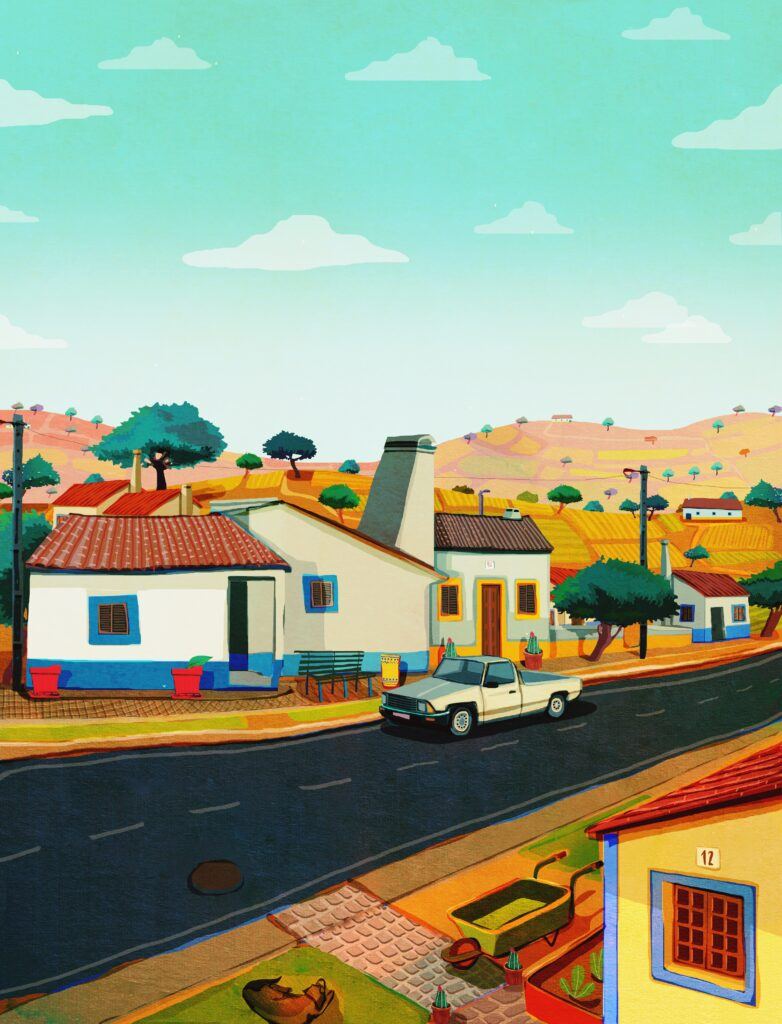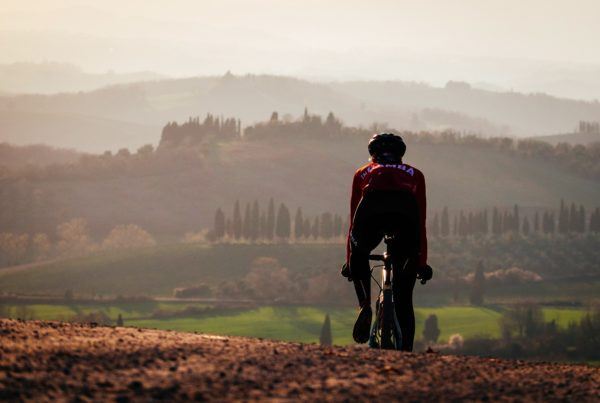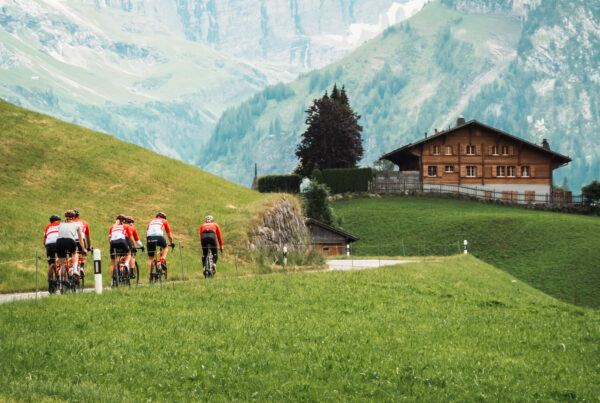Our love affair with Alentejo began the second we first laid eyes on it. Maybe it was because of the cork trees, misshapen as scarecrows, or the whitewashed villages that popped up like icebergs off-course, or the medieval castle towns that cling to mountainous outcrops of granite. Or more likely, it was the food. We fell hard for pão, the crisp-crusted, chewy country bread that’s the foundation of so many of Alentejo’s dishes; the fruity olive oil; the nutty sheep cheeses; the tomatoes.
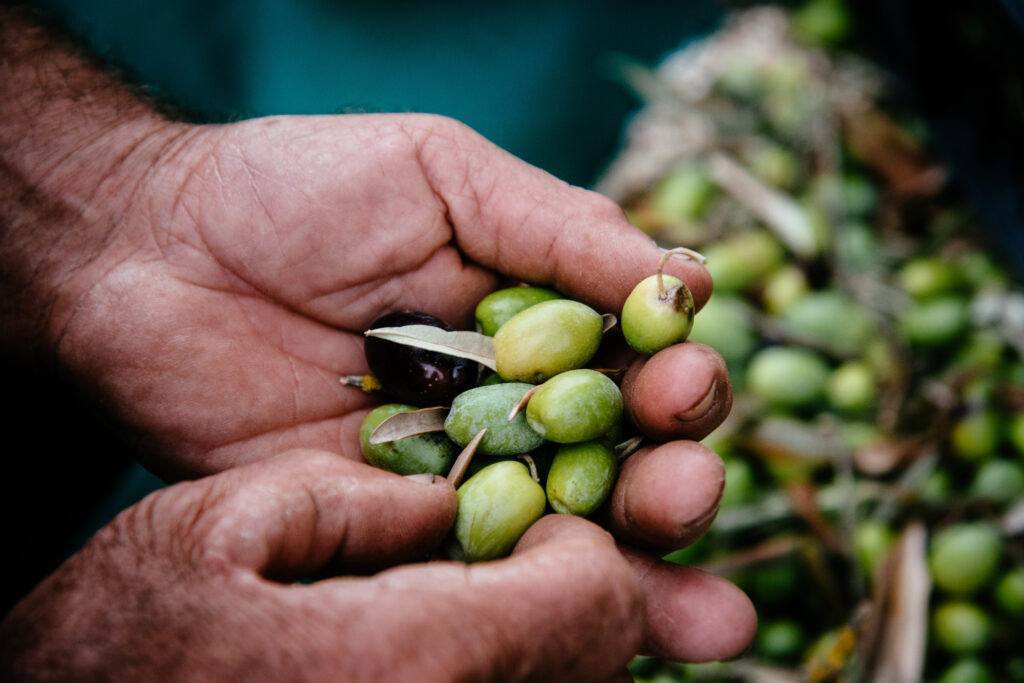
The cuisine of Alentejo, a region that covers a third of continental Portugal, bordering Spain to the east and the Atlantic on the west, is honest and unpretentious. Maria de Lourdes Modesto, an Alentejo native who was the country’s most beloved TV chef for years, once said that Alentejo’s food “is the most Portuguese of Portuguese food.” It’s an agricultural cuisine shaped by the land and those who came this way from the Mediterranean and North Africa ages before. As early as 210 b.c., the Romans turned Alentejo into their breadbasket with farms and olive orchards. The Moors, settling centuries later for a reign of nearly 500 years, left their culinary mark in the almond, lemon, and orange trees they planted. The East Indian cinnamon brought home by Portuguese explorer Vasco da Gama became a staple of the cuisine, along with significant New World arrivals: tomatoes and peppers, both sweet and incendiary. Alentejo cooks distinguished themselves early on by pairing these ingredients in their own ways, combining chicken with chouriço, and chickpeas with Portugal’s beloved bacalhau (dried salt cod).

We came to realise that Alentejo is home to the most highly prized pig of all, the free-range black foot, or Pata Negra, one of the Iberian Peninsula’s most sought-after gastronomic treasures — which made us appreciate this region even more. The pig is acorn-fed and roams in the oak forests on the border with Spain, a diet and lifestyle that accounts for its exceptional flavour and high price. It is here that the strongest charcuterie culture of Portugal exists, including the making of chouriço (chorizo), paiolas (a traditional sausage) and presunto (cured ham).
The soups, here, use the plumpest and reddest tomatoes we had ever seen. They ran the gamut from hot, bright-tasting broths simmered with flavorful bacon and chouriço drippings to icy gazpachos flecked with bits of red and green bell pepper. Like so many other Alentejo dishes, sopa de tomate is built over chunks of pão, yeasty country bread which goes into the bowls first, followed by soup and glorious barely poached eggs, eased in just seconds before serving. No Alentejo meal, whether eaten in a home kitchen or a fine-dining restaurant, is complete without that pão, the flavorful bread made with a hard wheat known as trigo duro.
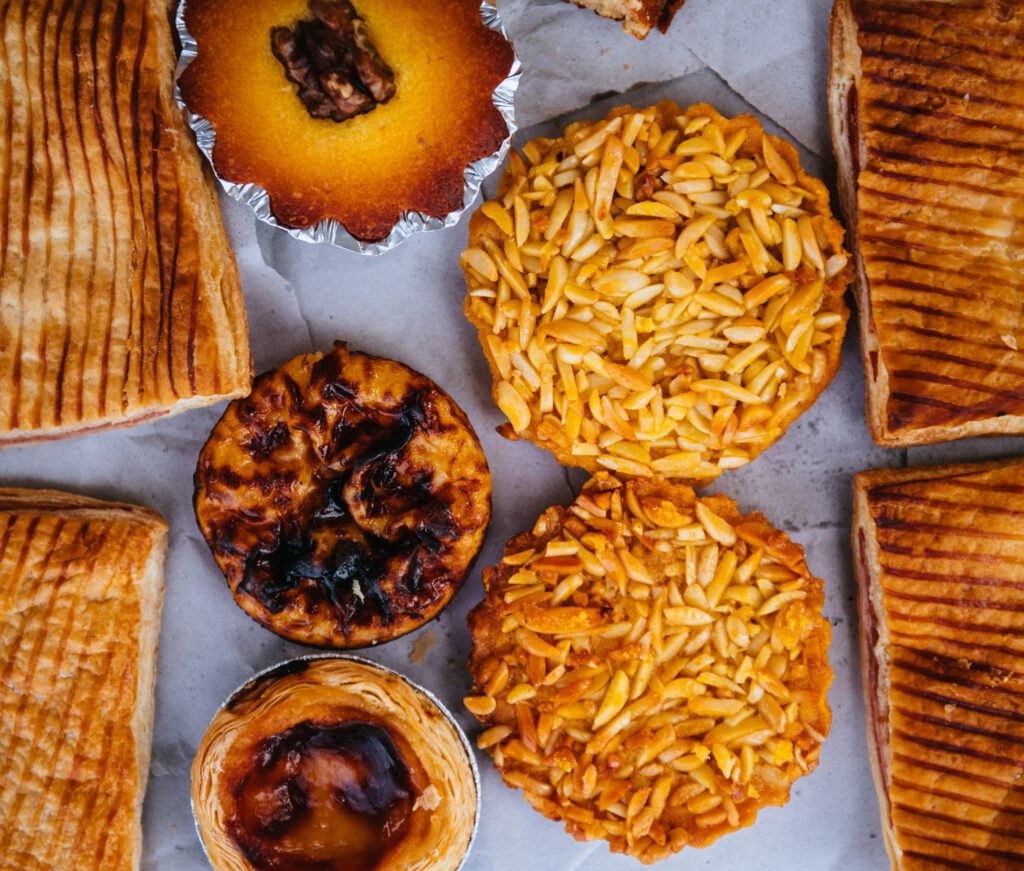
Alentejo also enjoys an outstanding variety of sweet pastries, most of them originating, as in other parts of the country, in convents. The nuns throughout the country would use the surplus of egg yolks (the whites being used for export and as purifier in wine production), plentiful native almonds and the easily accessed imported sugar to create rich sweets. Some examples of these that you can find in the region — and that we’ve tasted throughout the years — include Broas Doces de Banha (Pork Fat Cookies), Azevias com Grão (Sweet Chickpea Pasties) and Rebuçados de Ovo de Portalegre (Egg Yolk Sweets).
Lastly, though Alentejo isn’t as internationally famous for its wines as other regions of Portugal, gold-medal bottles have recently been produced in this land of pork, cork, and olives. Some wines are still being made the old Roman way, aged in talhas, towering terra-cotta amphoras that have been used for thousands of years.
Come and ride with us in Alentejo. With InGamba you’ll experience a tour of the hilly, magical Alentejo, and with it, some of the very best eating and drinking of your life.

